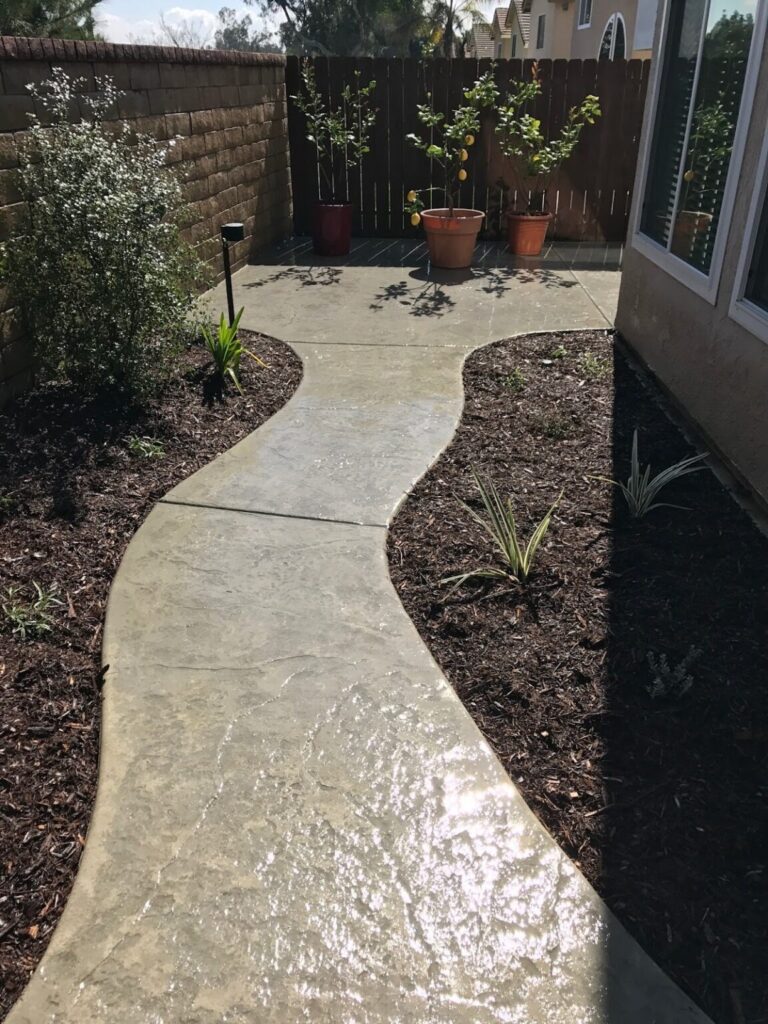Every drop of water counts in today’s changing climate. Many homeowners are discovering that their traditional green lawns drink up too much of this precious resource. The good news is that you can create a beautiful, low-water landscape that saves money and helps the environment. This guide will walk you through transforming your thirsty lawn into a stunning drought-resistant garden.
Why Make the Switch?
Traditional lawns need lots of water – often more than 50 gallons per square foot each year. That’s enough to fill a small swimming pool! By switching to drought-resistant landscaping, you can cut your outdoor water use by 50% to 75%. You’ll save money on your water bills while creating a unique garden that stands out in your neighborhood.
Besides using less water, drought-resistant gardens provide homes for local birds, butterflies, and helpful insects. They also need less maintenance than regular lawns, which means more free time for you to enjoy your outdoor space.

Planning Your New Garden
Before you dig up that old lawn, take time to plan your new garden. Start by watching how sunlight moves across your yard throughout the day. Make note of which areas get full sun, partial shade, or full shade. This information will help you choose the right plants for each spot.
Think about how you use your outdoor space. Do you need a path to your front door? A place for kids to play? A patio for outdoor dining? Sketch these areas on paper first. This will help you create a garden that looks good and works well for your family’s needs.
Preparing Your Space: Saying Goodbye to Your Lawn
The first step in creating your drought-resistant garden is removing the existing lawn. Sheet mulching is an earth-friendly method that turns your lawn into rich soil. Layer cardboard or newspaper over the grass, then cover it with compost and mulch. This takes about three to six months, but requires no chemicals and builds healthy soil.
For faster results, you can rent a sod cutter to remove the grass and its roots. This method takes just a day or two but requires more physical work. You’ll need to dispose of the old sod or compost it.
Some people choose to use herbicides to kill their lawn. While this method is quick, it’s best to avoid chemicals if possible, as they can harm beneficial insects and soil life.
Getting to Know Your Soil
Healthy soil is the foundation of a successful drought-resistant garden. After removing your lawn, test your soil to learn what type you have. Is it clay, sand, or somewhere in between? Clay soil holds water well but drains slowly. Sandy soil drains quickly but doesn’t hold nutrients as well.
Most garden centers sell simple soil testing kits. These tests tell you if your soil needs more organic matter or specific nutrients. Adding compost improves any soil type by helping it hold both water and nutrients while allowing proper drainage.

Choosing the Right Plants
Now comes the fun part – selecting plants for your new garden! Look for plants that naturally grow in areas with similar weather to yours. These plants have already adapted to your local rainfall and temperature patterns.
Native plants are excellent choices because they evolved in your area. They need less water and care than non-native plants, and they provide food and shelter for local wildlife. Your garden will benefit from a diverse mix of plants. Consider incorporating groundcovers to spread and cover bare soil while preventing weeds. Small shrubs can add structure and year-round interest, while flowering perennials bring color and attract pollinators. Ornamental grasses create movement and maintain visual interest even during winter months.
Remember to group plants with similar water needs together. This makes watering more efficient and helps all your plants thrive.

Setting Up Smart Irrigation
Even drought-resistant plants need regular water while they’re getting established. Installing an efficient irrigation system saves time and water. Drip irrigation or soaker hoses deliver water directly to plant roots, reducing waste from evaporation.
Consider installing a smart irrigation controller. These devices connect to weather stations and automatically adjust watering based on local conditions. They can cut water waste by 15% to 30% compared to traditional timers.
The First Year: What to Expect
Your new garden will go through several phases during its first year. Understanding these phases helps you know what’s normal and when to take action.
The first three months are the establishment phase. Your plants need regular water during this time – about twice a week in cool weather and three times a week in hot weather. Watch for signs of stress like wilting or yellow leaves.
During months four through six, your plants will start growing new roots and shoots. You can gradually reduce watering as plants become established. Some plants might look small at first, but be patient. They’re putting energy into developing strong roots.
From months seven through twelve, you’ll see your garden starting to fill in. Plants will grow larger and might start flowering. Continue reducing water as plants become more drought-tolerant.

Long-Term Care and Maintenance
Once established, your drought-resistant garden needs much less care than a traditional lawn. Plan to spend about an hour each month on basic maintenance like removing weeds and trimming plants.
Apply a fresh layer of mulch each spring to help soil retain moisture and prevent weeds. Organic mulch like wood chips or leaves breaks down over time, improving soil health.
Prune plants as needed to maintain their shape and remove dead growth. Many drought-resistant plants look best with minimal pruning, developing their natural form over time.
Enjoying and Sharing Your Success
As your garden matures, take photos to document its transformation. Many homeowners find that their yards become neighborhood showpieces, inspiring others to make similar changes.
Keep track of your water bills to see how much you’re saving. Many homeowners report 50% or greater reductions in their summer water bills after converting to drought-resistant landscaping.
Ready to Transform Your Yard?
If you’re excited about creating your own drought-resistant garden but feel overwhelmed by the process, All Environmental Designs is here to help. Our experienced team specializes in converting traditional lawns into beautiful, water-wise landscapes that match your style and budget.
We handle everything from initial design to plant selection and installation. Our experts can even help you apply for local water conservation rebates and incentives that might be available in your area.
Contact All Environmental Designs today for a free consultation. Let us help you create a stunning, sustainable landscape that you’ll enjoy for years to come. Call us at 909-845-3530 to take the first step toward your dream garden.
